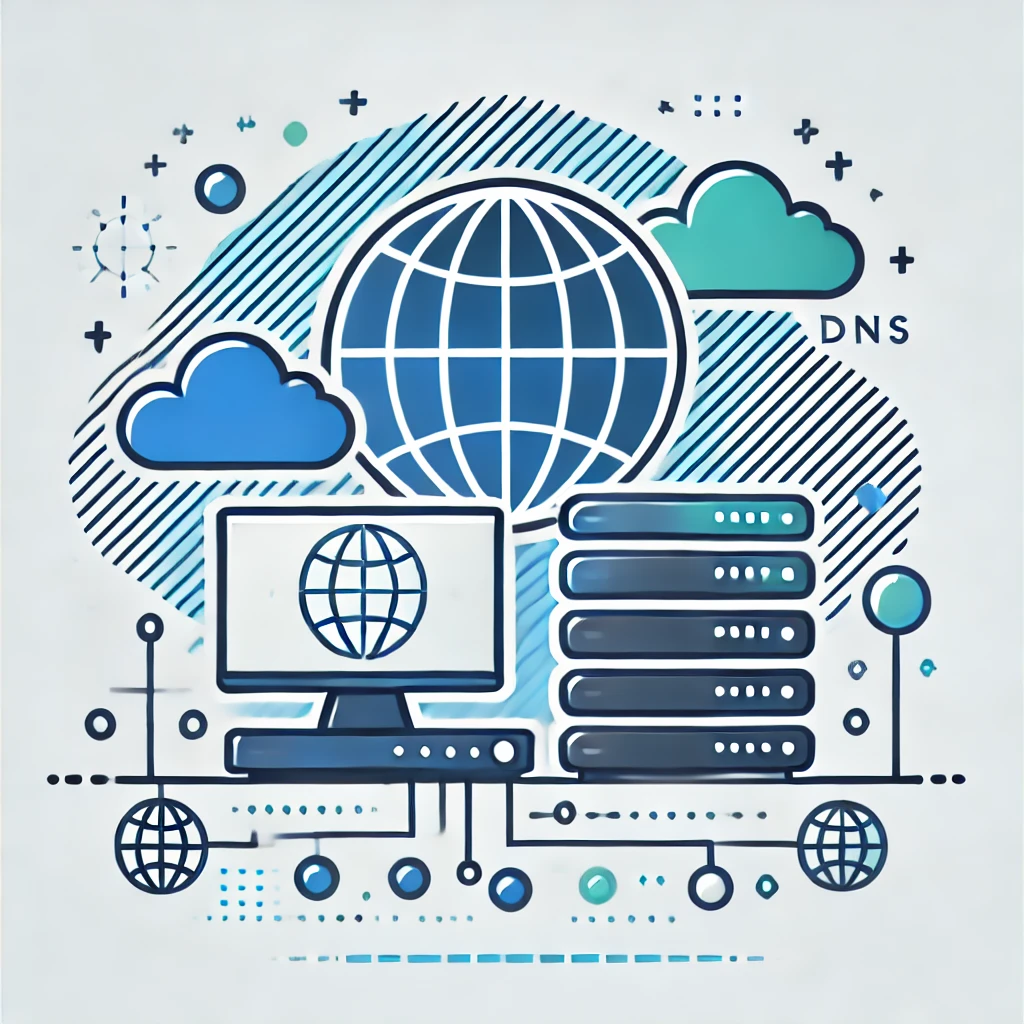Effortless DMARC Record Creation: Streamline Security
This built-in DMARC record generator tool empowers you to strengthen your email security with ease. Forget complex manual configuration – this intuitive feature guides you through the process step-by-step, ensuring a smooth and efficient setup.
Simply enter your domain name and select your preferred policy. The tool offers clear explanations for each option, allowing you to choose whether to monitor (p=none) email activity for informational purposes, quarantine (p=quarantine) suspicious emails for further review, or reject (p=reject) unauthenticated emails outright. Additionally, you can specify email addresses to receive reports detailing email activity. These reports provide valuable insights into how your domain is being used for email and can help identify potential security threats like email spoofing.
No technical expertise is necessary! The generator handles the intricacies of crafting an accurate DMARC record, saving you time and ensuring you have the essential reporting features in place. This simplifies the initial setup and grants you control over your email security by providing valuable insights from DMARC reports. With this knowledge, you can make informed decisions to further protect your organization from email-based attacks.
Once you have it set up, it's time to test it with our very own eMail Tester.

